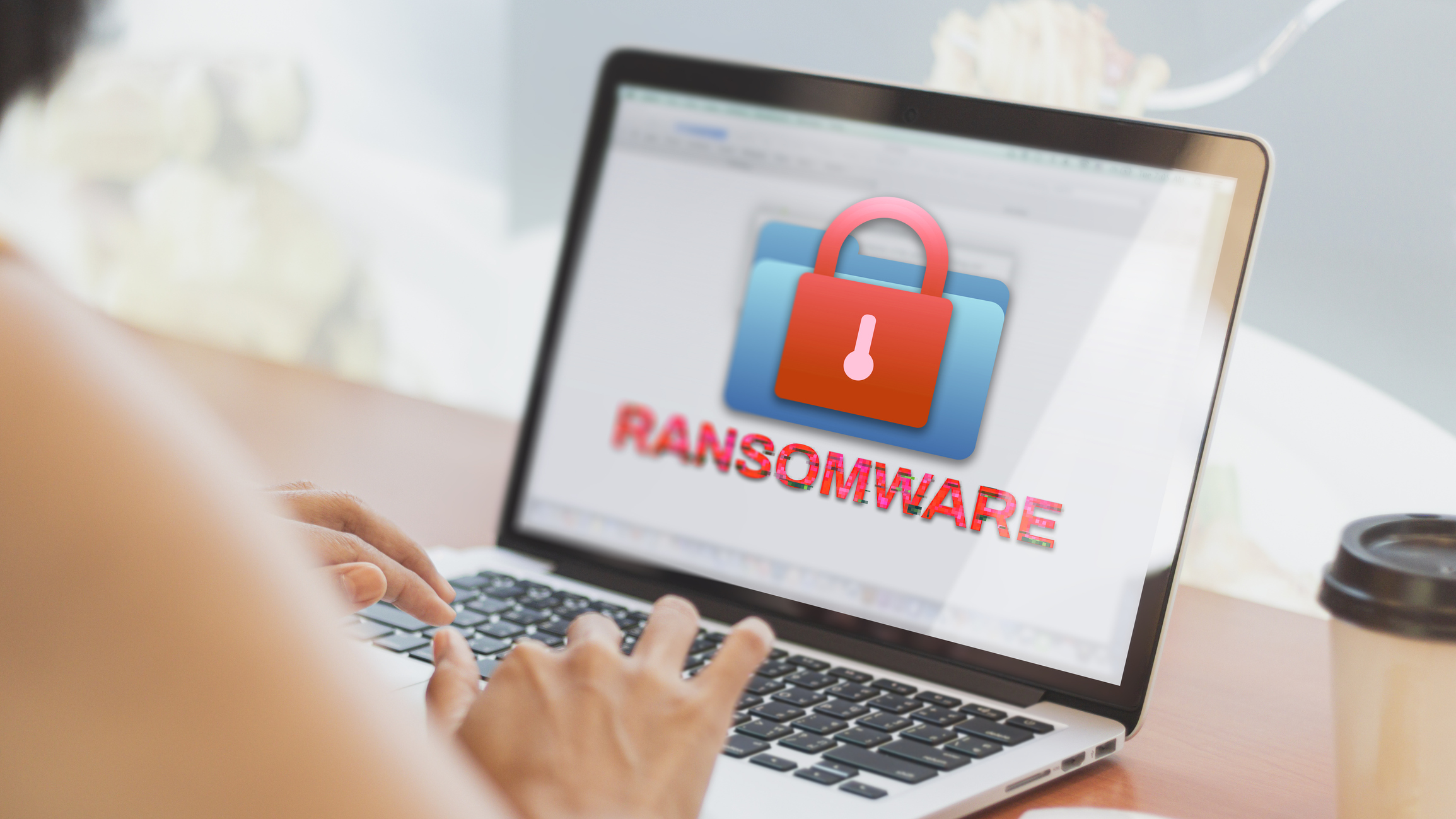As we delve deeper into 2024, ransomware continues to morph, presenting new challenges for cybersecurity professionals worldwide. This evolving landscape requires constant vigilance and adaptation of defense strategies. Here, we explore the most significant trends in ransomware evolution and how they’re shaping the cyber threat horizon.
Double Extortion and Beyond
Ransomware attacks are increasingly incorporating double extortion tactics. Initially, attackers encrypt the victim’s files, demanding a ransom for decryption. However, they now also threaten to release sensitive data publicly if the ransom is not paid, compounding the pressure on victims. This year, we’re witnessing an alarming evolution of this tactic, with triple extortion schemes emerging, where attackers additionally launch Distributed Denial of Service (DDoS) attacks, further escalating the stakes for targeted organizations.
Targeting Cloud and SaaS Platforms
As more businesses migrate to the cloud, ransomware gangs are shifting their focus accordingly. Cloud and Software as a Service (SaaS) platforms are becoming prime targets due to the vast amounts of valuable data stored. These platforms, if not adequately secured, offer a lucrative opportunity for cybercriminals to exploit weaknesses, leading to potentially devastating ransomware incidents.
Ransomware-as-a-Service (RaaS)
The RaaS model continues to flourish, lowering the entry barrier for aspiring cybercriminals. In this model, ransomware developers lease their malware to affiliates, who then carry out attacks, with profits shared between the parties. This democratization of ransomware means that even those with limited technical know-how can launch sophisticated attacks, broadening the threat landscape significantly.
AI-Powered Attacks
The use of artificial intelligence (AI) by ransomware gangs is on the rise. AI algorithms can automate the process of finding vulnerabilities, crafting phishing emails that are more convincing, and even negotiating ransoms. This use of AI enables attacks to be more targeted, faster, and potentially more damaging, posing significant challenges to existing defense mechanisms.
Supply Chain Vulnerabilities
Cybercriminals are increasingly exploiting vulnerabilities in the supply chain to deploy ransomware. By targeting less-secure elements of a supply chain, attackers can infiltrate multiple organizations through a single breach. This trend highlights the need for comprehensive security measures not just within individual companies but across their entire supply chain network.
Proactive Measures to Shield Your Digital Assets
Implementing proactive measures is the cornerstone of a robust cybersecurity strategy, ensuring that your data remains secure against the ever-increasing threats. Here are a few ways you can harden your security:
- Comprehensive Cyber Hygiene Training
- “Creating a culture of security awareness is essential,” advises Dr. Lisa Harris, cybersecurity researcher. Regular training sessions can drastically reduce the risk of an employee inadvertently opening the door to attackers.
- Implementation of Advanced Security Solutions
- “Employing AI and machine learning in our security stack has significantly improved our threat detection capabilities,” notes Michael Chen, Director of Cybersecurity at TechInnovate. These tools are crucial for detecting and neutralizing threats before they manifest.
- Regular Data Backups and Encryption
- “The ability to quickly restore encrypted data from secure backups is a game-changer in mitigating ransomware attacks,” states Raj Patel, IT Security Manager. Encrypting sensitive information adds an extra layer of security, making it harder for attackers to exploit stolen data.
- Embracing a Zero-Trust Network Architecture
- “Adopting a zero-trust framework has been pivotal in securing our network against unauthorized access,” shares Sofia Gomez, Network Architect. This approach minimizes the risk of lateral movement by ransomware within the network.
- Vigilant Monitoring and Incident Response Planning
- “An ounce of prevention is worth a pound of cure. Implementing continuous monitoring and having a robust incident response plan in place is critical,” emphasizes Alex Green, Cybersecurity Analyst. This helps in detecting ransomware activities early and effectively managing them.
Conclusion
Even though ransomware attacks are becoming exponentially more sophisticated, it’s still possible to defend against them. By adopting a comprehensive and proactive approach to cybersecurity, businesses and individuals can significantly mitigate the risk of falling victim to these malicious schemes. Remember, in the battle against ransomware, knowledge, preparedness, and resilience are your best allies.
How Can Netizen Help?
Netizen ensures that security gets built-in and not bolted-on. Providing advanced solutions to protect critical IT infrastructure such as the popular “CISO-as-a-Service” wherein companies can leverage the expertise of executive-level cybersecurity professionals without having to bear the cost of employing them full time.
We also offer compliance support, vulnerability assessments, penetration testing, and more security-related services for businesses of any size and type.
Additionally, Netizen offers an automated and affordable assessment tool that continuously scans systems, websites, applications, and networks to uncover issues. Vulnerability data is then securely analyzed and presented through an easy-to-interpret dashboard to yield actionable risk and compliance information for audiences ranging from IT professionals to executive managers.
Netizen is an ISO 27001:2013 (Information Security Management), ISO 9001:2015, and CMMI V 2.0 Level 3 certified company. We are a proud Service-Disabled Veteran-Owned Small Business that is recognized by the U.S. Department of Labor for hiring and retention of military veterans.
Questions or concerns? Feel free to reach out to us any time –
https://www.netizen.net/contact



